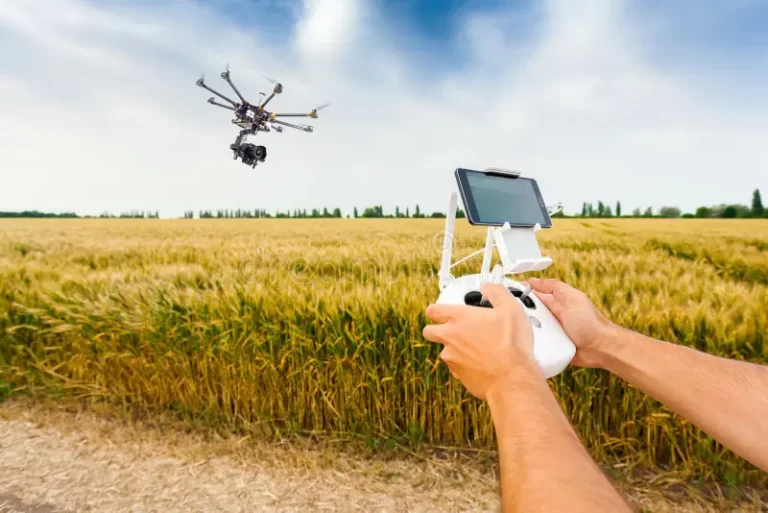The application of Beidou’s big data in the field of agricultural production continues to advance
In China, unmanned farms based on Beidou’s big data technology were developed rapidly in 2022. The China Satellite Navigation and Positioning Association recently released the 2023 ‘White Paper on the Development of China’s Satellite Navigation and Location Service Industry’ in Beijing. The service scope and service forms of Beidou’s big data in the agricultural field will continue to expand, as per the white paper.
13 provinces across the country have started the construction of 26 unmanned farms, with significant cost savings and efficiency gains, an average increase of 30 per cent for every 60 square metres, a 60 per cent reduction in labour costs, a 50 per cent increase in agricultural machinery operation efficiency and energy saving 50 per cent, effectively improving the efficiency of agricultural production and the level of information, modernisation and intelligence.
In 2022, domestic agricultural machinery equipped with Beidou terminals played an important role in grain production throughout the year. During the summer harvest season and the autumn grain harvest stage, more than 50,000 and 12,000 Beidou-based harvesters operated across regions, covering Heilongjiang, Jilin, Inner Mongolia, Hebei, Henan, Shandong, Anhui and other major wheat, rice and corn crops. In production areas, the 2,000 trillion pieces of Beidou agricultural machinery big data have strongly supported the smooth implementation of cross-regional operations and significantly improved agricultural production efficiency. By the end of 2022, Hebei, Jilin, Heilongjiang, Xinjiang and other regions had promoted and applied about 300,000 Beidou terminals in the agricultural field. Among them, the Beidou self-driving tractors t sowed cotton in Xinjiang, operating on more than 600 acres per day, improving land use efficiency by 10 per cent and raising the cotton harvesting rate in Xinjiang to 80 per cent.
In the fourth quarter of 2022, nearly 1.6 million Beidou terminals of various types were promoted and applied in the agricultural field and the annual operating area has reached more than 60 million mu. Among them, more than 170,000 units/sets of automatic driving systems for agricultural machinery were applied, more than 1.33 million units/sets of remote maintenance and positioning terminals were applied, and more than 90,000 units/sets of onboard terminal equipment for fishing boats were applied.
Beidou is China’s largest civilian satellite system and one of four global navigation networks, along with the United States GPS, Russia’s GLONASS and the European Union’s Galileo.
Since 2000, 60 Beidou satellites, including the first four experimental ones, were launched on 45 Long March 3 series rockets from Xichang, in Sichuan province. In July 2020, the system began providing full-scale global services. Currently, there are 46 Beidou satellites in active service.
A decline in the enthusiasm of farmers for growing grain, low income in agriculture and the ageing population of rural areas were serious issues mentioned in China Agricultural and Rural Development Report 2020. Agricultural experts in China suggested that unmanned farms can solve these problems by helping reduce labour and improving agricultural production efficiency. With the rapid development of agricultural science technology, the concept of unmanned farms has become important. In China’s 14th Five-Year Plan (2021- 2025) policymakers decided to develop 13 high-quality urban agriculture development pilot zones. Compared with traditional agricultural operations, agricultural machinery with unmanned driving systems saves more than two kilograms of seeds per 60 square meters, increases production by about 10 kilograms per 60 square meters and reduces fuel costs by over 50 per cent. The labour costs were reduced by more than 65 per cent, and the land utilisation rate increased by 0.5 to one per cent.
Shraddha Warde
shraddha.warde@mmactiv.com

